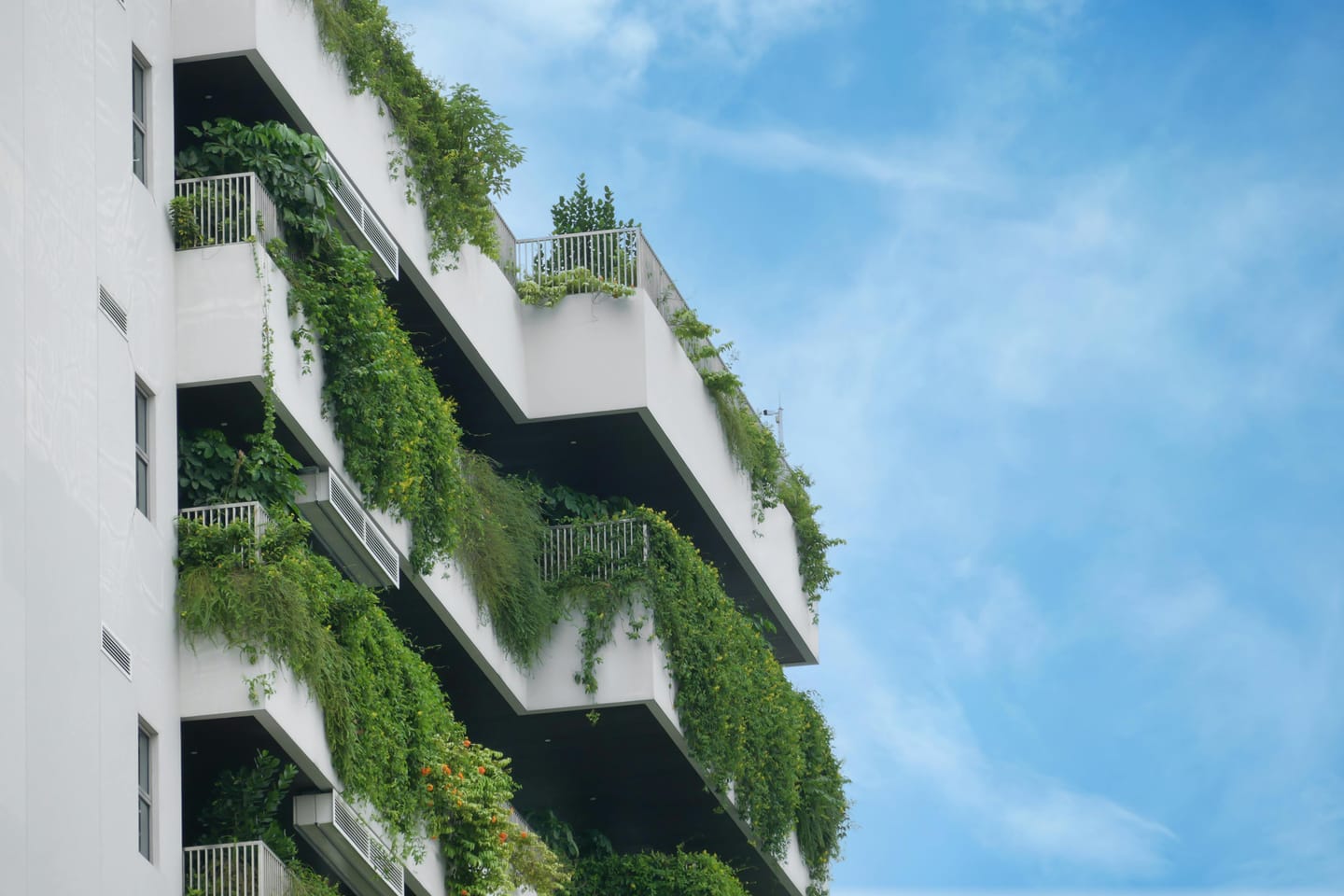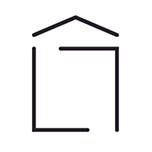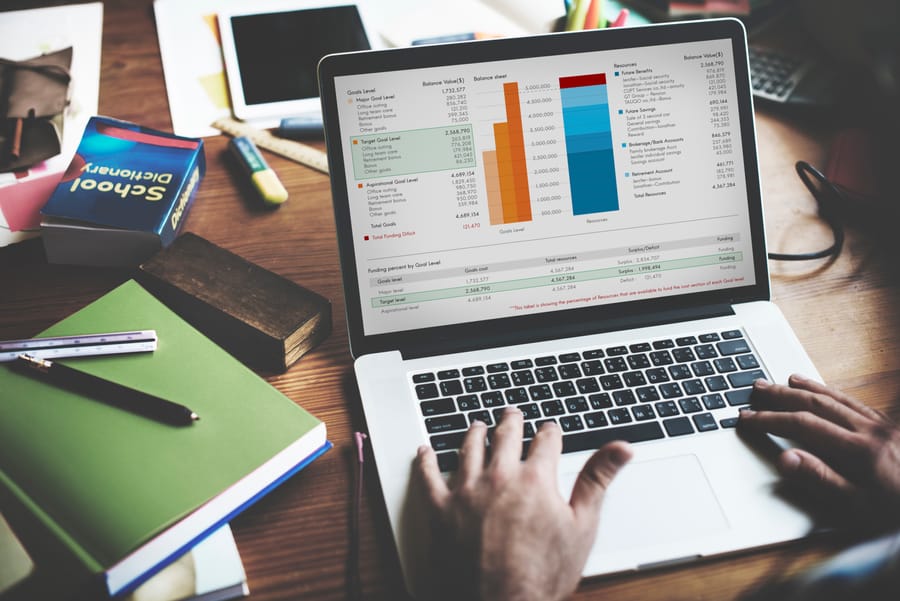The Hungarian-developed SustainaBot AI platform achieved a significant breakthrough in green building design in July 2025, enabling designers to reduce building energy consumption by up to 42% and carbon dioxide emissions by 37% at the design stage. This cloud-based system analyses data from more than 5,000 previous green buildings to automatically optimise building orientation, shading, insulation, material selection, and energy systems while considering local climate conditions, building regulations, and LEED, BREEAM, and WELL certifications requirements. The SustainaBot development team, working in collaboration with researchers from Budapest University of Technology, developed this innovative solution, which began beta testing in December 2024 with 12 domestic architectural firms, and experience shows that AI-assisted design accelerated the completion of sustainability analyses by an average of 28%.
One of the most significant advantages of AI-based green building design is that the system provides real-time feedback on the environmental impacts of various design decisions, allowing designers to modify building parameters to achieve sustainability goals dynamically. SustainaBot's generative design algorithms can predict expected energy consumption, water usage, and indoor environmental quality of buildings with 87% accuracy, significantly exceeding the 61% reliability of traditional modelling methods. The AI system has proven particularly effective in optimising complex building forms, where it analyses 18 different environmental parameters and more than 150 possible material combinations simultaneously, all within seconds, compared to traditional methods where this can take weeks, as noted in Hello Future Ltd.'s December 2024 report.
28 Hungarian architectural firms already use the SustainaBot platform and has recently been applied in three international projects, including the design of a 12,000 square metre office building in Berlin, where AI-assisted design resulted in savings of 3.7 million euros in construction and expected operational costs. One of the platform's unique features is the "Regulatory Assistant," which automatically checks plans for compliance with local building and environmental regulations, saving an average of 15 working days of administrative time per project. The sustainable building design market is showing 23.8% annual growth globally, and according to McKinsey's analysis, AI-supported design solutions could result in global savings of up to 240 billion dollars in the construction industry by 2030, while significantly contributing to reducing the sector's carbon footprint, which is currently responsible for nearly 40% of global CO2 emissions.
Sources:
1.
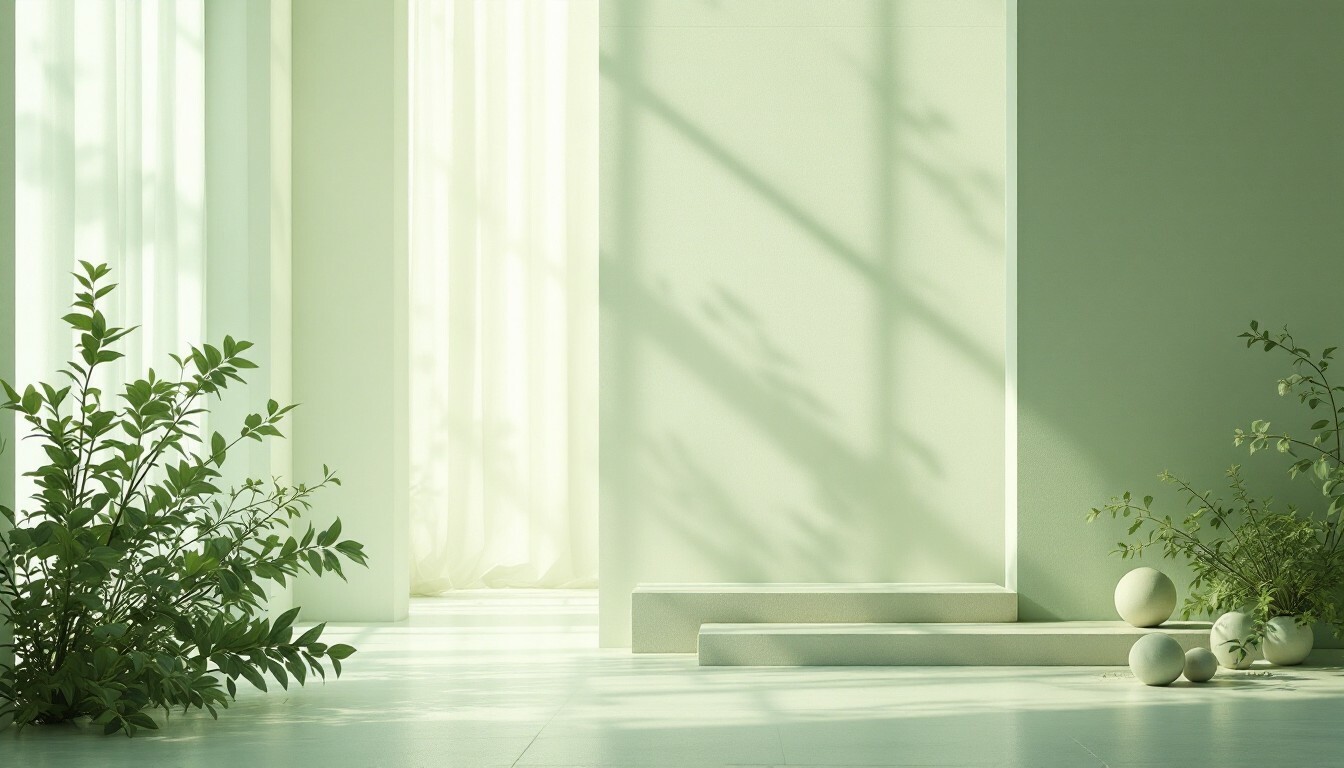
2.
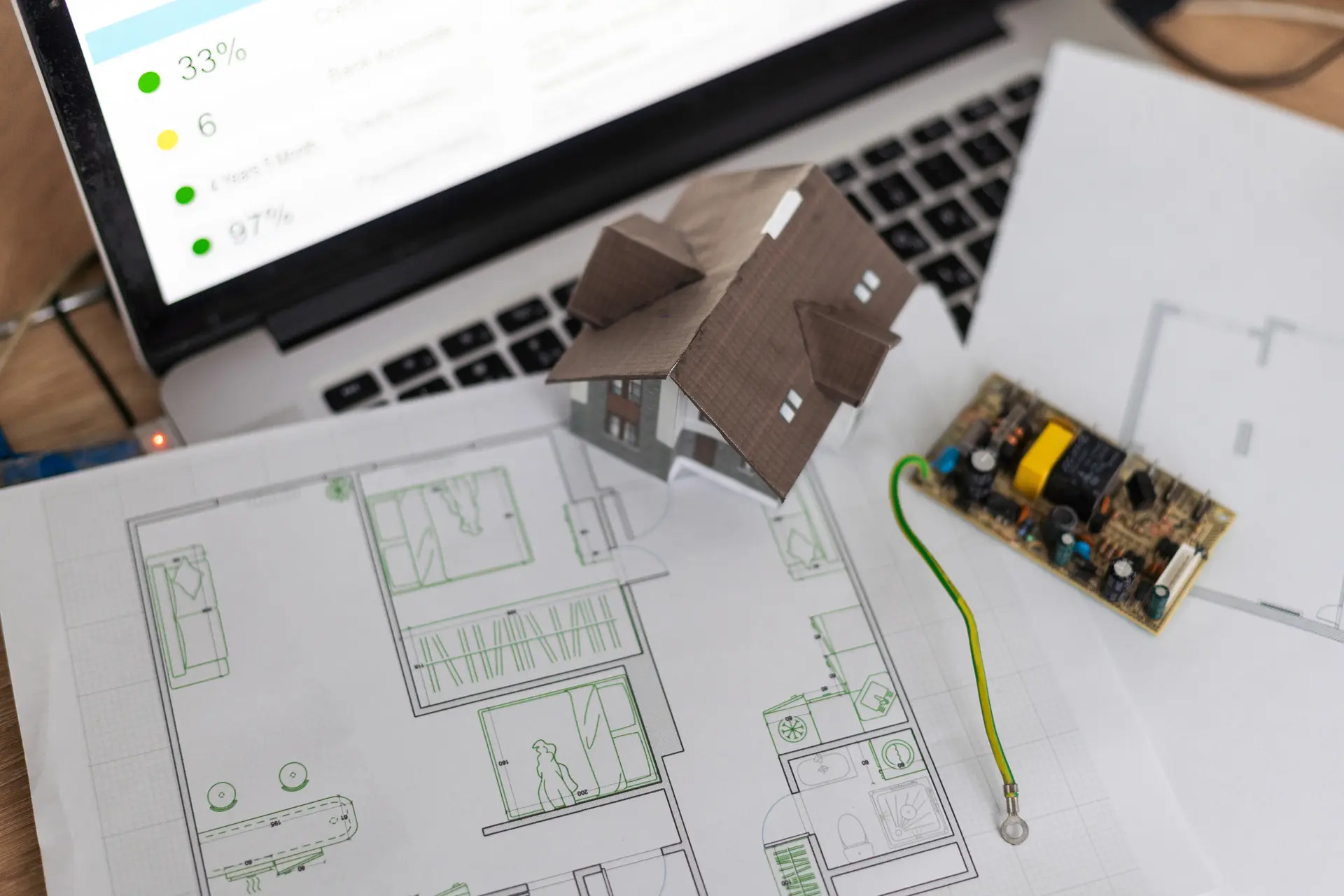
3.

